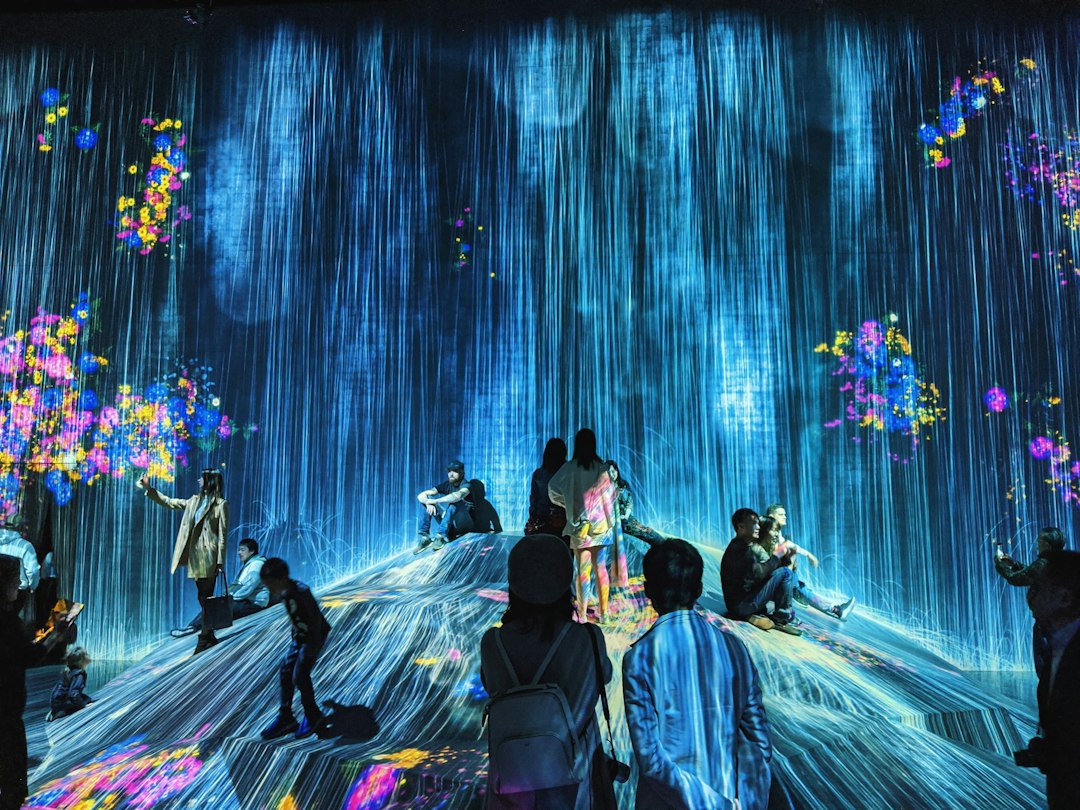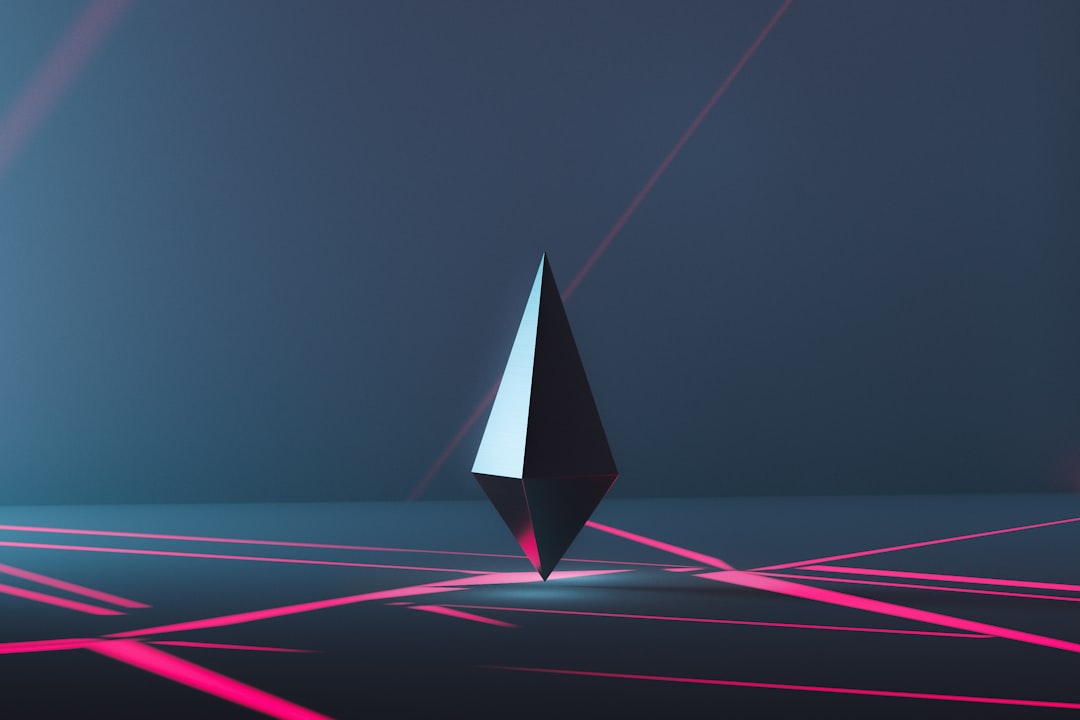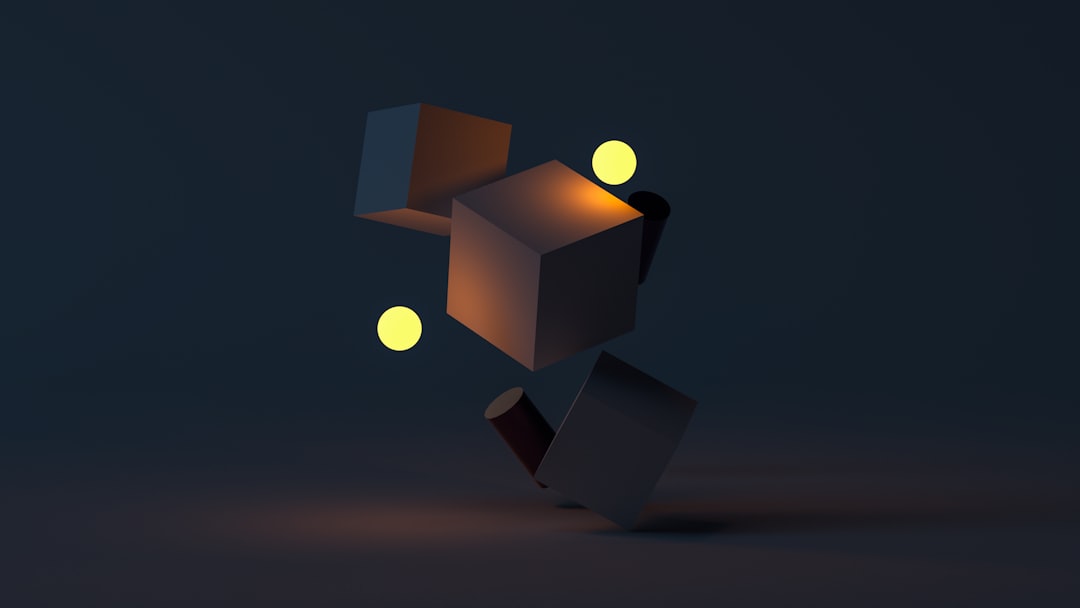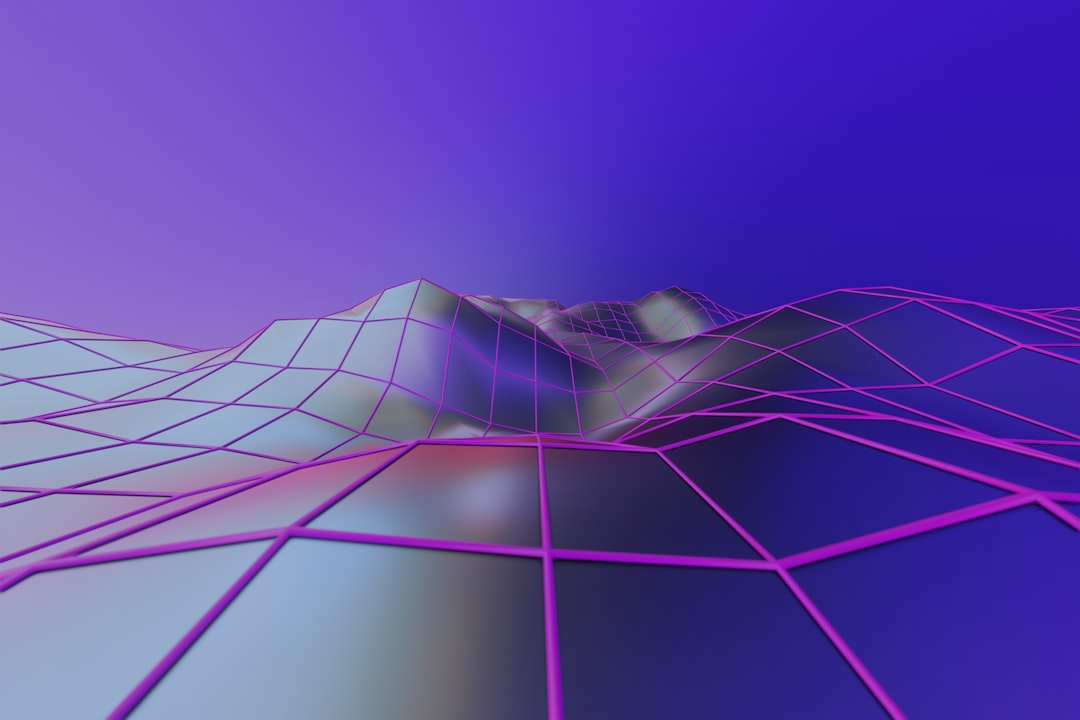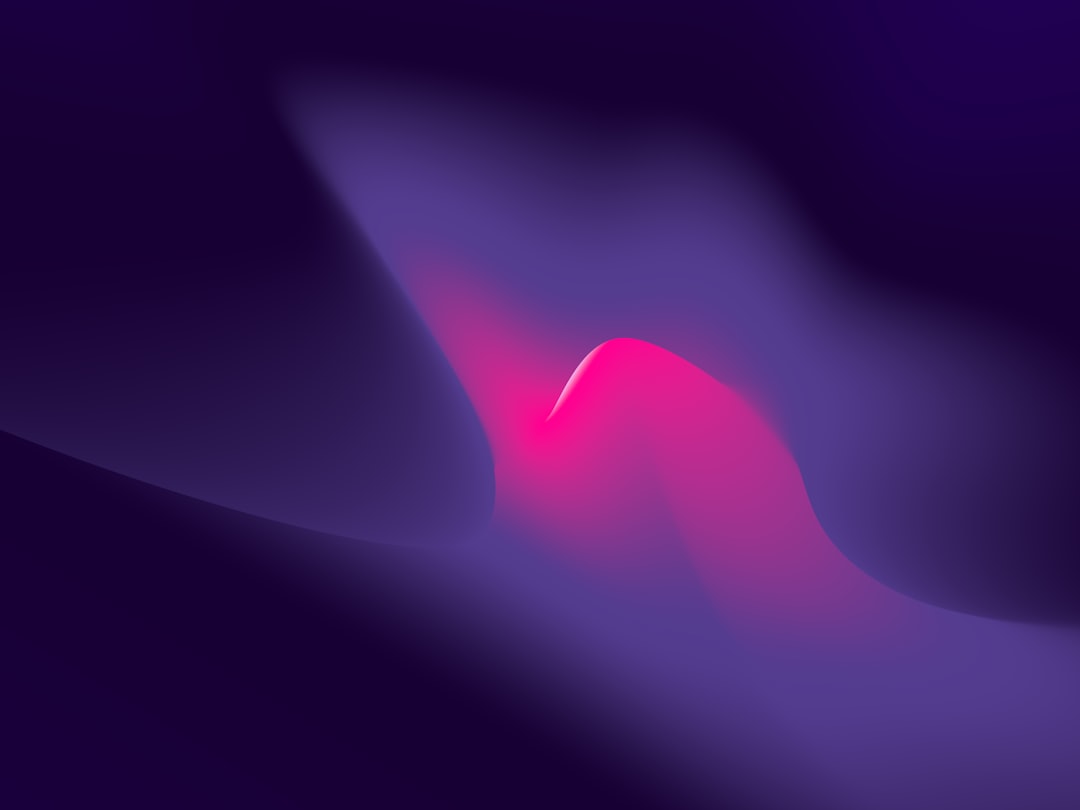Welcome to the fascinating world of Non-Fungible Tokens (NFTs)! If you’ve been keeping up with the latest trends and developments in the art and technology space, you’ve probably heard this buzzword being thrown around quite a bit lately. NFTs have taken the art world by storm, igniting conversations, controversies, and curiosity among artists, collectors, and enthusiasts alike.
But what exactly are NFTs? How do they intersect with art and technology? What benefits and challenges do they bring to the world of crypto art? And most importantly, what impact do NFTs have on artists and collectors?
In this blog post, we will embark on an exploratory journey to uncover the intricacies of NFTs, delve into the fascinating intersection of art and technology, and navigate the uncharted waters of crypto art. We will examine the profound impact NFTs have on artists and collectors, and also address the criticisms and controversies surrounding this emerging phenomenon.
So, buckle up and get ready to expand your horizons as we unravel the revolution that is reshaping the art world!
What are NFTs?
NFTs, or non-fungible tokens, have taken the world by storm in recent years. But what exactly are they? In simple terms, an NFT is a unique digital asset that is stored on a blockchain. Unlike cryptocurrencies such as Bitcoin or Ethereum, which are fungible and can be exchanged on a one-to-one basis, NFTs cannot be exchanged on a like-for-like basis because each token has its own distinct value and properties.
Think of it this way: if you have a dollar bill and you exchange it for another dollar bill, the value remains the same. But with NFTs, each token represents something unique, like a piece of artwork, a collectible, a virtual real estate, music, or even a tweet. This uniqueness is what gives NFTs their value and appeal.
One of the key features of NFTs is their ability to prove ownership and authenticity. The blockchain technology behind NFTs ensures that the ownership of a particular digital asset can be verified and cannot be tampered with. This has opened up a whole new world of possibilities for creators and collectors alike.
So, why are NFTs gaining so much attention? Well, part of their appeal lies in the fact that they provide a way for artists and creators to monetize their digital creations in a way that was previously difficult to achieve. With NFTs, creators can now sell their work directly to collectors, cutting out middlemen and potentially earning a greater share of the profits.
Additionally, NFTs have allowed for the emergence of new forms of digital art and collectibles. Artists are now exploring the possibilities of creating unique and interactive experiences that can only be owned and accessed through NFTs. This has sparked a wave of creativity and innovation in the art world, with artists pushing the boundaries of what is possible in the digital realm.
However, it’s important to note that NFTs are not without their challenges. One of the main criticisms of NFTs is their environmental impact. The process of minting an NFT requires a significant amount of energy, contributing to the carbon footprint of blockchain technology. There is ongoing debate and exploration of more sustainable alternatives to mitigate this environmental concern.
Despite the challenges, the intersection of art and technology that NFTs represent is undeniably exciting. It has the potential to reshape the art industry, democratize access to art, and empower creators in ways that were previously unimaginable. Whether you’re an artist, a collector, or simply someone curious about the future of digital assets, NFTs are definitely worth exploring and keeping an eye on.
Unlike cryptocurrencies such as Bitcoin or Ethereum, which are fungible and can be exchanged on a one-to-one basis, NFTs cannot be exchanged on a like-for-like basis because each token has its own distinct value and properties.
The Intersection of Art and Technology
Art and technology have long been intertwined, constantly influencing and pushing the boundaries of creativity. The emergence of Non-Fungible Tokens (NFTs) has further deepened this intersection, revolutionizing the art world in unprecedented ways. NFTs provide artists with a unique opportunity to harness the power of blockchain technology, adding a new layer of authenticity, security, and transparency to the art market.
With NFTs, artists can digitally tokenize their work, creating a verifiable digital certificate of ownership that cannot be duplicated or forged. This means that artists can now sell and trade their digital creations like never before, opening up a whole new world of possibilities.
One of the most exciting aspects of the intersection between art and technology is the democratization of the art world. Traditionally, the art market has been dominated by established galleries and auction houses, often leaving emerging artists with limited opportunities to showcase and sell their work. However, NFTs have the potential to level the playing field, allowing artists from all backgrounds to gain recognition and monetize their creations directly, without the need for intermediaries.
The use of blockchain technology also addresses the issue of provenance in the art world. Provenance, or the history of ownership of a piece of artwork, has often been a challenging aspect to establish. However, with NFTs, a transparent and immutable record of ownership is created. This not only provides collectors with a guaranteed proof of authenticity but also eliminates the risk of purchasing counterfeit or stolen artwork.
Furthermore, NFTs offer a unique canvas for artists to explore new mediums and experiment with interactive and immersive experiences. By incorporating elements such as augmented reality, virtual reality, and gamification, artists can push the boundaries of traditional art forms, creating dynamic and engaging works that captivate their audience in ways never before possible.
While the intersection of art and technology through NFTs presents exciting opportunities, it also comes with its own set of challenges. The environmental impact of blockchain technology and the energy-intensive process of minting and trading NFTs has raised concerns among artists and environmental activists. As discussions continue, it is important to explore and implement sustainable solutions that mitigate the carbon footprint associated with the digital art market.
As the art world continues to embrace the potential of NFTs, artists, collectors, and enthusiasts alike find themselves at the forefront of a new era in art. The possibilities are vast, and the boundaries of creativity are expanding. It is an exciting time to witness the intersection of art and technology, as we collectively explore the untapped potential that lies within.
The environmental impact of blockchain technology and the energy-intensive process of minting and trading NFTs has raised concerns among artists and environmental activists.
The Benefits and Challenges of Crypto Art
Crypto art, also known as NFT art, has gained significant attention in recent years due to its unique characteristics and potential benefits. This revolutionary form of art leverages blockchain technology to create and trade digital assets that are verifiably scarce and unique. While the concept of owning and selling digital art may seem unconventional at first, it presents several advantages and challenges that are worth exploring.
The Benefits
One of the key benefits of crypto art is the ability to establish provenance and ownership. Unlike traditional art forms, where the history and authenticity of a piece can be challenging to trace, NFTs provide a transparent and immutable record of ownership. This means that artists can maintain control over their creations and be properly compensated for their work. Additionally, collectors can have confidence in the authenticity and rarity of the art they purchase.
Furthermore, crypto art opens up new avenues for artists to monetize their work. In the traditional art market, artists often rely on galleries, agents, and collectors to sell their pieces and earn a living. With NFTs, artists can directly sell their digital creations to a global audience without intermediaries, potentially increasing their reach and revenue.
Moreover, the programmability of NFTs allows for dynamic ownership and royalty mechanisms. Artists can embed smart contracts into their digital art, which automatically execute certain actions whenever the artwork is sold or displayed. This enables artists to earn ongoing royalties from secondary sales, ensuring they continue to benefit from the appreciation of their work over time.
The Challenges
While the potential benefits of crypto art are exciting, it is essential to acknowledge the challenges that come with this emerging field. One significant challenge is the environmental impact of blockchain technology. The process of minting and trading NFTs consumes a considerable amount of energy, primarily due to the consensus mechanism known as Proof-of-Work. As the demand for NFTs grows, so does the concern for the carbon footprint associated with their creation. It is crucial for the crypto art community to explore more eco-friendly alternatives, such as Proof-of-Stake, to mitigate this issue.
Another challenge lies in the perceived elitism and exclusivity of crypto art. As the market for NFTs continues to flourish, some argue that it primarily benefits established artists and collectors who have the resources and knowledge to navigate this space. This can potentially create barriers for emerging artists who may find it difficult to break into the crypto art scene. It is imperative for the community to foster inclusivity and support emerging talents, ensuring a diverse and vibrant ecosystem.
Additionally, the volatility of cryptocurrency markets poses a challenge to the stability and valuation of crypto art. The value of NFTs can fluctuate drastically, depending on market trends and investor sentiments. Artists and collectors in this space need to be aware of the potential risks associated with such volatility and take appropriate measures to protect their investments.
Despite these challenges, crypto art represents an exciting and transformative intersection of art and technology. It offers artists new possibilities for ownership, monetization, and creative expression while providing collectors with unique digital assets. By addressing the challenges and fostering a supportive community, we can ensure that crypto art continues to evolve and flourish, empowering artists and collectors alike.
Despite these challenges, crypto art represents an exciting and transformative intersection of art and technology.
The Impact on Artists and Collectors
As we delve deeper into the world of NFTs, it becomes evident that these digital tokens have had a profound impact on artists and collectors alike. The emergence of NFTs has brought about a wave of opportunities and challenges, revolutionizing the way art is created, bought, and sold.
For artists, NFTs have proven to be a game-changer. Traditionally, artists relied on physical galleries, exhibitions, and art dealers to showcase and sell their work. However, with NFTs, artists are empowered to directly connect with their audience and establish a direct path to monetizing their creations. This newfound autonomy not only eliminates the middlemen but also allows artists to receive a fair share of the proceeds from each sale.
Moreover, NFTs provide artists with a unique opportunity to showcase their creativity in ways that were previously unimaginable. Digital artists, in particular, have found a new avenue to express their artistry through NFTs, taking advantage of the medium’s limitless possibilities. From immersive virtual reality experiences to interactive pieces, artists are pushing the boundaries of traditional art forms, captivating audiences in unprecedented ways.
For collectors, NFTs have opened up a world of possibilities. Previously, the art market was often dominated by elite collectors who had the financial means to acquire physical artworks. However, NFTs have democratized the art world, allowing anyone to own a piece of digital art. This newfound inclusivity has invigorated the collector community, attracting individuals who may have never considered themselves art enthusiasts before.
Furthermore, NFTs have introduced a level of transparency and authenticity that was previously lacking in the art market. With blockchain technology, each NFT is uniquely identified, providing an immutable record of ownership. This not only ensures the legitimacy of the artwork but also protects artists from issues such as copyright infringement and unauthorized reproductions.
It’s also worth noting that NFTs have created new avenues for collaboration between artists and collectors. Through the concept of fractional ownership, individuals can pool their resources to collectively own a valuable piece of art. This innovative approach has expanded the possibilities for collectors, allowing them to diversify their portfolios and participate in the success of multiple artists simultaneously.
While the impact of NFTs on artists and collectors has been largely positive, it’s important to acknowledge that challenges and uncertainties remain. The rapid growth of the NFT market has led to concerns about sustainability and the environmental impact of blockchain technology. Additionally, questions surrounding intellectual property rights and the potential for artists to be exploited in this new digital landscape need to be addressed.
Nevertheless, the impact of NFTs on artists and collectors cannot be ignored. These digital tokens have created a paradigm shift in the art world, empowering artists, and revolutionizing the way art is appreciated and collected. As we navigate this exciting and evolving space, it is crucial to remain open-minded, curious, and supportive of the artists and collectors who are shaping the future of art through NFTs.
From immersive virtual reality experiences to interactive pieces, artists are pushing the boundaries of traditional art forms, captivating audiences in unprecedented ways.
Criticisms and Controversies Surrounding NFTs
While NFTs have gained immense popularity and have become a game-changer in the art world, they are not without their fair share of criticisms and controversies. As with any growing technology, there are always differing opinions and concerns that arise. Let’s delve into some of the main criticisms surrounding NFTs and explore the controversies that have sparked debates among artists, collectors, and enthusiasts alike.
One of the primary concerns surrounding NFTs is their environmental impact. As NFTs are built on blockchain technology, specifically the Ethereum network, they require significant amounts of energy to mint and trade. Critics argue that this energy consumption contributes to carbon emissions and exacerbates the already pressing issue of climate change. The environmental impact of NFTs has sparked intense debates and calls for more sustainable alternatives in the crypto art space.
Another criticism is the lack of regulation and potential for fraud within the NFT market. Since anyone can create and sell an NFT, there have been instances of plagiarized or stolen artwork being tokenized and sold without the artist’s consent. This raises concerns about intellectual property rights and the need for stronger copyright protection in the digital art world. Additionally, the anonymity of buyers and sellers in NFT transactions has led to suspicions of money laundering and illicit activities.
Some artists have also expressed concerns about the impact of NFTs on the traditional art market. While NFTs offer new opportunities and revenue streams for artists, there is a fear that the hype surrounding crypto art could overshadow more traditional forms of art. Critics argue that the focus on digital art and NFTs may devalue physical artworks and marginalize artists who do not participate in the crypto art movement.
Moreover, the high transaction fees associated with NFTs have been a subject of controversy. As the popularity of NFTs surged, the Ethereum network experienced congestion, causing transaction fees to skyrocket. This has made it difficult for emerging artists and smaller collectors to participate in the market, as the fees can sometimes exceed the value of the artwork itself. The issue of affordability and accessibility has generated debates about the inclusivity of the NFT space.
Despite these criticisms and controversies, it is essential to approach the topic with an open mind. NFTs have undoubtedly disrupted the art world, and while there are valid concerns, they have also provided unprecedented opportunities for artists to monetize their work and connect with a global audience. By acknowledging the criticisms, we can work towards addressing the challenges and developing a more sustainable and equitable future for the NFT ecosystem.
Despite these criticisms and controversies, it is essential to approach the topic with an open mind.
Conclusion
In conclusion, the rise of NFTs has undeniably brought about a new era in the art world, where technology and creativity converge. These unique digital assets have revolutionized the way we perceive and appreciate art, opening up a world of possibilities for artists, collectors, and enthusiasts alike.
Through the intersection of art and technology, NFTs have provided artists with an unprecedented opportunity to showcase their work in an entirely new medium. With the ability to tokenize and authenticate their creations on the blockchain, artists can now directly connect with a global audience, transcending geographical boundaries and traditional art market limitations.
The benefits of crypto art extend beyond just the artists themselves. Collectors now have the chance to own exclusive digital assets, which can be traded and displayed in virtual galleries or even in augmented reality. This not only adds value to the artwork but also enhances the overall viewing experience, allowing collectors to immerse themselves in a multi-dimensional world of art.
However, with every transformative technological advancement comes challenges and controversies. The environmental impact of NFTs, with their heavy energy consumption, has raised concerns among environmentalists. Additionally, issues related to copyright infringement and the potential for fraud have also been subjects of debate within the NFT community.
It is essential to approach these criticisms and controversies with an open mind and a willingness to adapt. As the technology evolves, solutions and improvements will undoubtedly arise to address these concerns. Collaboration between artists, collectors, developers, and environmentalists can pave the way for a more sustainable and ethical future for NFTs.
As we move forward, it is crucial to recognize the immense potential NFTs hold for not only the art world but also other industries. The concept of tokenization can be applied to various digital assets, such as music, literature, and even real estate, opening up a world of endless possibilities.
So, whether you’re an artist looking to explore new horizons, a collector curious about the digital art revolution, or simply an enthusiast fascinated by the blending of art and technology, embracing the world of NFTs can be a thrilling and rewarding journey.
Let us celebrate the creativity and innovation that NFTs have brought to the art world while also addressing the challenges and working together to ensure a sustainable future for this groundbreaking technology. With an open mind and a collaborative spirit, we can shape the future of art and technology and continue to push the boundaries of human creativity.
